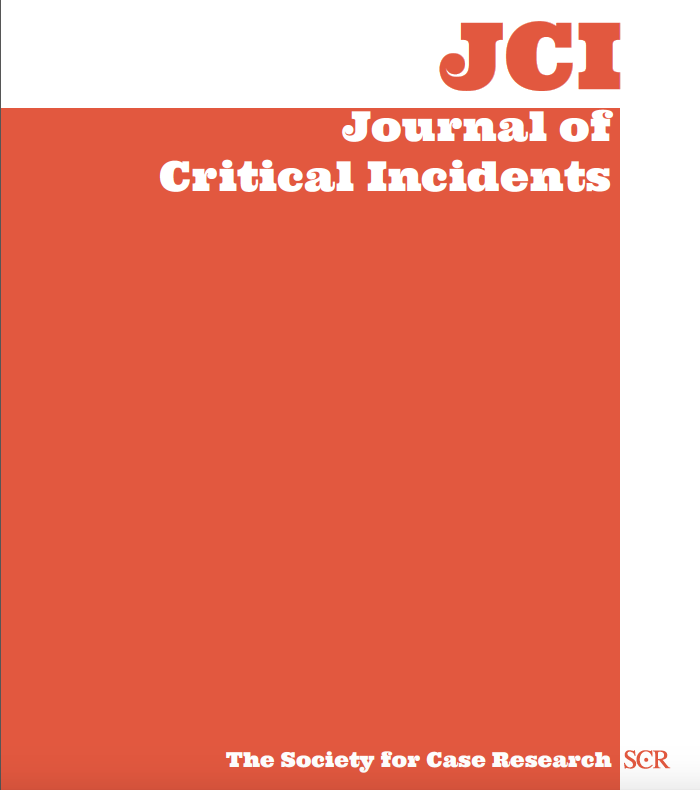New Ulm Public Utility Commission: Using Capital Investment Decision Models to Justify a Well Water Alarm System

The New Ulm Public Utility Commission (“the Commission”) observed significant and costly failures in its well water radio-based alarm system (“radio system”). After meeting with key employees, the team consisting of George, the Water Supervisor, Kris, the Utility Director, and Beth, the Financial Manager, decided to investigate replacing the system with a cellular-based alarm system (“cellular system”). The team had collected all the necessary cost, savings, and required rates of return. Their task was to determine the cost feasibility of the project using various capital investment decision models, consider other qualitative factors and make a recommendation to the board of commissioners. The critical incident provides a description of the organization and information revealing the nature of the project’s costs, savings, and required rates of return.
In completing this assignment, students should be able to:
1. Apply the capital investment nondiscounting models of payback period and accounting rate of return to determine cost justification of a project.
2. Apply the capital investment discounting models of net present value and internal rate of return to determine cost justification of a project.
3. Identify qualitative factors that affect the justification of a project.
4. Evaluate the possible risks and costs surrounding the project and critically assess the impact on the investment calculations.
5. Analyze the results of multiple capital investment models and identification of additional qualitative factors in order to make a recommendation that aligns with the project needs.
